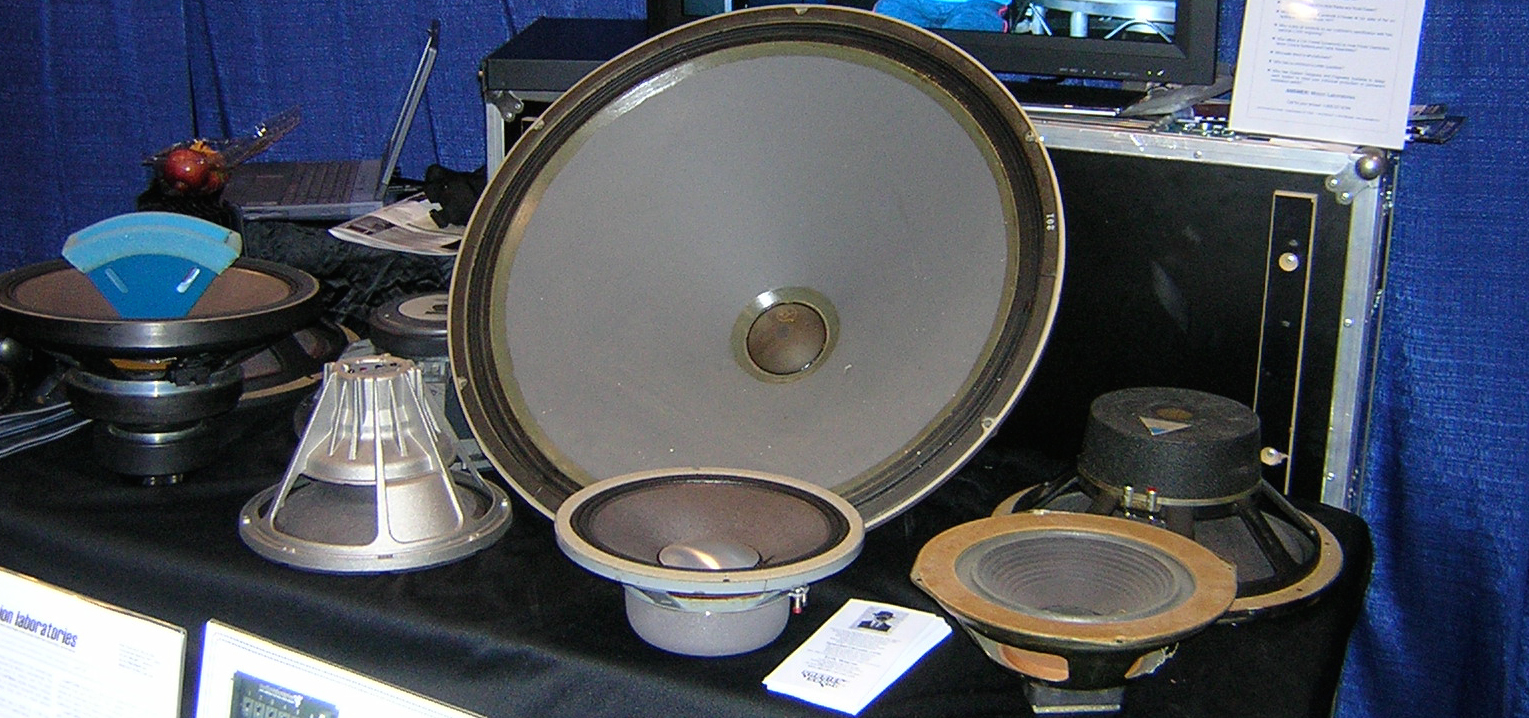
Let’s talk about surround sound systems for a quick second, shall we?
A modern surround sound system, in its simplest form, consists of six channels; Left, Center, Right, Left Surround, Right Surround, and the Low Frequency Effect channel. The first five channels are all fairly self-explanatory, denoting the location of the speaker itself and the channel’s location in the sound field. That last one, the LFE, is a little bit more complicated.
The LFE, or “Boom” as it’s also called, is just that; a channel dedicated to low-frequency content like thumps, rumbles, and explosive booms. It has its own discreet routing in the mixing environment, be it a console or a DAW, and plays back sounds in the 3 Hz-120 Hz range. As it only carries low-frequency information, the LFE is denoted as a “.1” and plays out via the sound system’s subwoofer.
So, the subwoofer is just there for the LFE, right? Well, not exactly.
I’m sure that at one point or another, you’ve seen the term “bass management” thrown about, most likely in a big debate about surround monitoring on a forum somewhere. What the heck is bass management?
Put simply, “bass management”, also called “bass redirect”, is the process where low-frequency information from the main channels is routed into the sound system’s subwoofer in addition to the LFE information. Sound below a certain frequency, usually around 80 to 100 Hz, are routed away from the main speakers, which are then high-passed. The re-directed audio is then low-passed and mixed with the LFE channel and sent to the subwoofer.

In the vast majority of home environments, the speakers being used are too small to be able to reproduce the full bandwidth sound that a multi-way cinema sound system can. By extending the main speakers’ low frequency content into the subwoofer, it’s possible to get full-range sound from a smaller system, allowing the main speakers to perform in their optimal range. In smaller systems, especially the “home theater in-a-box” setups, the redirect is always on.
Bass management isn’t limited to home use, either. A typical cinema sound system doesn’t use bass management, as they consist of speakers powerful and large enough to reproduce sound across the whole frequency spectrum. However, systems like Barco Auro3D and Dolby Atmos can use bass redirect to give the smaller surround speakers in the theater a tone more consistent with the big screen channel speakers. This allows a mixer to pan a sound off the screen with a minimal change in tonality.
On the mixing side of things, there are a few cases where bass management would be a part of the monitoring chain. When mixing on nearfield speakers, which are often unable to effectively reproduce extreme low-end material like bigger cinema speakers, bass management can be used to get a better handle on a mix’s low frequency content. This is especially important if you’re prepping material for a bigger system, like a dub stage or a movie theater. By redirecting the bass content from the nearfields to the sub, you’re able to monitor across the entire frequency range on the smaller speakers, meaning fewer surprises and better translation between systems.
Bass management can also be useful when working with systems that can play full-range audio. A good example would be when you’re mixing a TV show in a room with a big cinema system. While you can hear everything across the spectrum in the big speakers, it’s important to remember where the mix will end up after leaving the stage. When the mix reaches the viewer at home, chances are that the surround decoder will re-direct low-frequency content to the subwoofer along with the LFE channel (remember, this is often hard-wired and un-defeatable on cheaper systems). By checking how the mix will sound on a bass managed system, you can get a better idea how the redirected bass will interact with the LFE content and make any necessary adjustments.
Of course, before you go enabling bass management on your surround monitor controller, it’s EXTREMELY important that you take the time to set up your monitoring environment correctly; Improperly calibrated monitors won’t do your mix any favors. Similarly, bass management may not be right for every system; some benefit from having it enabled, while others suffer. A little bit of experimentation with bass management can go a long way in uncovering what’s really going on in the low end, leading to better translation and better sounding mixes overall.